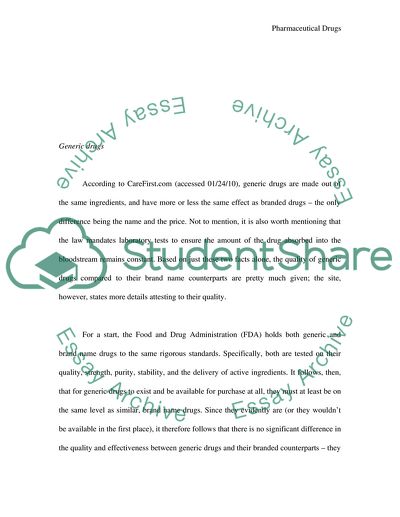Cite this document
(“Pharmaceutical Drugs Brand Name or Generic Research Paper”, n.d.)
Pharmaceutical Drugs Brand Name or Generic Research Paper. Retrieved from https://studentshare.org/health-sciences-medicine/1562104-pharmaceutical-drugs-generic-vs-name-brand
Pharmaceutical Drugs Brand Name or Generic Research Paper. Retrieved from https://studentshare.org/health-sciences-medicine/1562104-pharmaceutical-drugs-generic-vs-name-brand
(Pharmaceutical Drugs Brand Name or Generic Research Paper)
Pharmaceutical Drugs Brand Name or Generic Research Paper. https://studentshare.org/health-sciences-medicine/1562104-pharmaceutical-drugs-generic-vs-name-brand.
Pharmaceutical Drugs Brand Name or Generic Research Paper. https://studentshare.org/health-sciences-medicine/1562104-pharmaceutical-drugs-generic-vs-name-brand.
“Pharmaceutical Drugs Brand Name or Generic Research Paper”, n.d. https://studentshare.org/health-sciences-medicine/1562104-pharmaceutical-drugs-generic-vs-name-brand.


